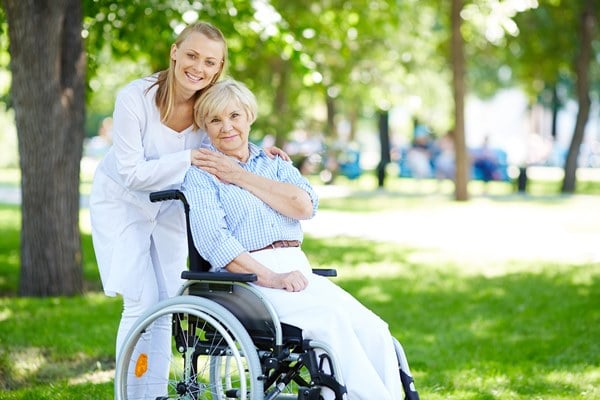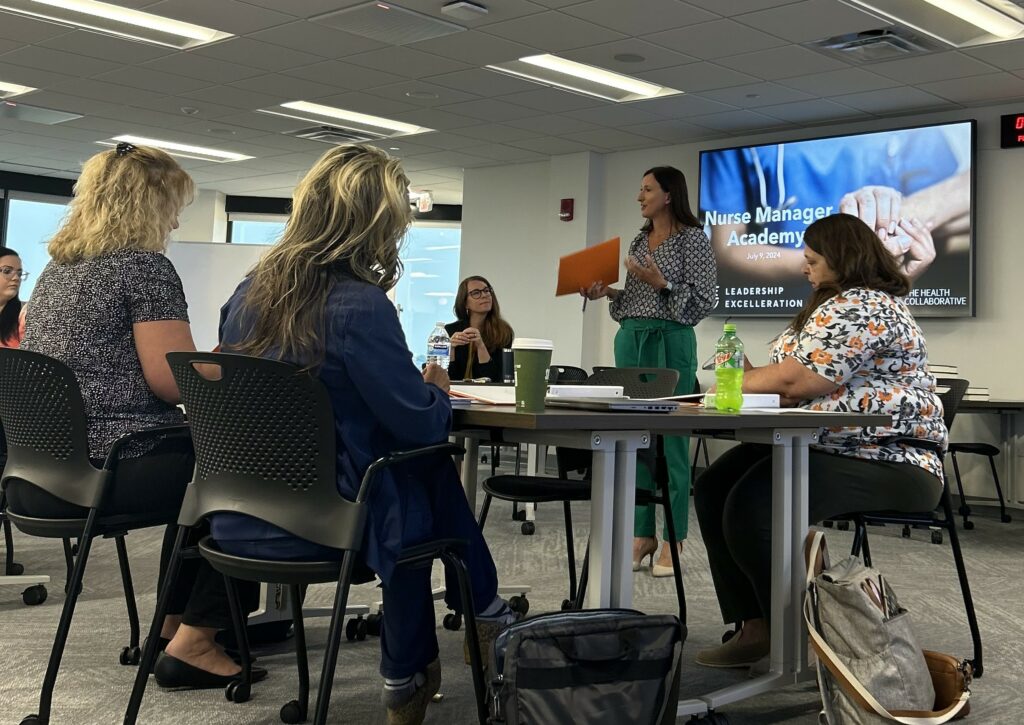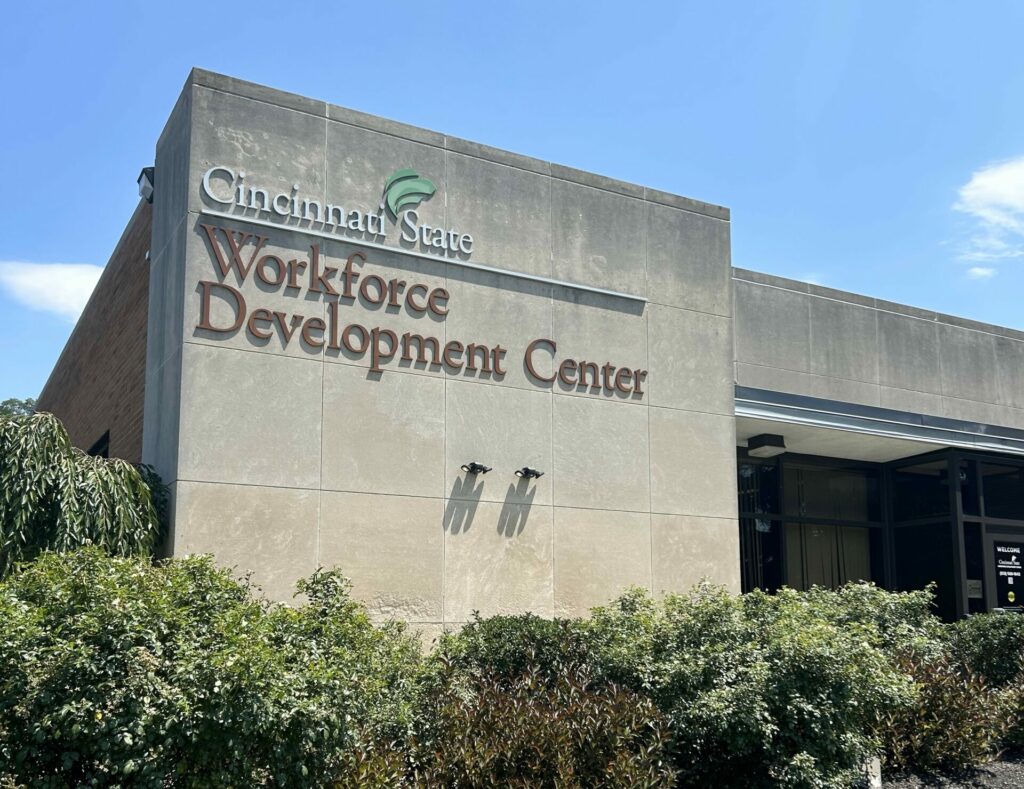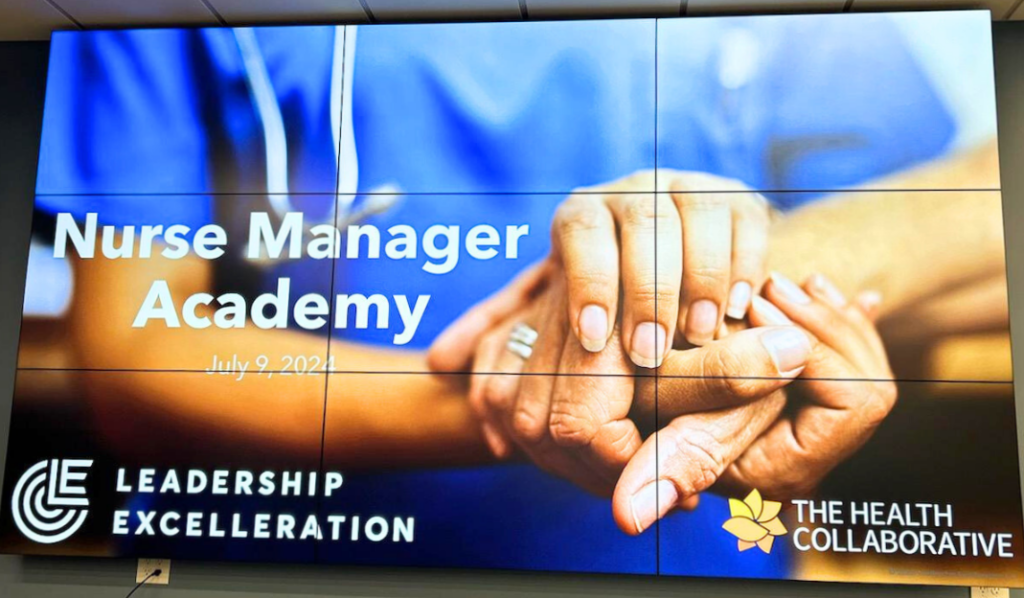When Federal Support Focused on Hospitals, Nursing Homes Created Their Own Path
March 10, 2020, set off a marathon of events for one local skilled nursing facility tackling a once-in-a-lifetime global pandemic. With one primary objective in mind — the safety of its staff and our most vulnerable senior population — Carespring bolted into action as the severity of the virus became clear and its spread began to take over the country. To Carespring leadership, it wasn’t a matter of if, but when the coronavirus would strike its facilities and they weren’t about to stand by and watch it happen.
“There are still so many uncertainties about the novel coronavirus, but not once did we ever naively think we could keep it completely out of our facilities,” said Kim Majick, chief development officer at THC member organization Carespring. “This thinking allowed us to not only focus on keeping it at bay but also gave us the ability to prepare for containment once inside. It gave us the ability to move quickly to develop a plan and keep evolving as things progressed.”
And move fast they did. To start, the Carespring team:
- Deployed technology with FaceTime and Skype to keep families connected to loved ones when visitations were restricted.
- Launched a PPE task force to assure their teams had ample protective equipment when protective gear was nearly impossible to get as prices soared to 10x market value.
- Implemented a very specific schedule for cleaning and disinfecting while securing appropriate and adequate disinfecting agents.
- Increased employee pay by $2.00/hour.
- Screened employees and essential outside service providers by taking temperatures and conducting full COVID screening at entry.
- Eliminated group activities such as dining and social events and quarantined all residents in their rooms.
- Launched facility-wide usage of masks and protective eye equipment despite the shortage of PPE.
- Implemented a One Call Now system to expedite communication with families and team members as new information became available.
And all of it was implemented in just four short days or 96 hours of relentless action and planning to prepare for the battle they knew they were about to fight.
“Many of the nursing facilities in our region have healthcare heroes working around the clock to keep our seniors safe. I have witnessed the sacrifices in time and expenses many facilities have incurred to do the right thing for their residents and the needs of seniors throughout the community who need their care,” said Ken D. Wilson, Co-Chair of the Congregate Care Committee and VP of program operations at the Council on Aging of Southwestern Ohio.
Of course, Carespring wasn’t the only facility preparing for the battle. The Health Care Management Group and many other local facilities followed a similar path of educating staff, purchasing high-priced PPE and communicating with families as much as possible. In fact, one of the Health Care Management group facilities was the first to volunteer to have its entire staff tested when a couple of employees started showing symptoms.
Isolation units were always a priority
Both Carespring and the Health Care Management Group knew that testing its residents and preparing for quarantine and isolation were inevitable. Early testing was non-existent so both facilities focused on monitoring, assessing and watching for symptoms daily. As things progressed and more resources became available, Carespring worked with St. Elizabeth Medical Center and public health resources in the Kentucky market to fulfill the state’s order for facility wide testing. In the Ohio market they proactively worked with local health departments and laboratory providers to complete the same testing. while the Health Care Management Group welcomed the National Guard to facilitate the testing needed. Once a positive case was confirmed, both facilities utilized their designated isolation units within every building.
“In the beginning, we were doing everything we could to evaluate our residents and prepare for positive cases,” said Greg Miller, executive vice president at the Health Care Management Group. “We care for our residents as if they were members of our own family and we quarantined almost immediately as we began creating isolation units in every building to prepare for what was coming.”
Carespring also eliminated visitations in March and began quarantining residents while they began working on isolation plans. In addition, they developed three certified health care isolation centers — one of the the first in each region — that operate under the guidance of Ohio and Kentucky state health departments.
“Our goal was to isolate and care for our residents in place and alleviate the pressure on local hospitals,” said Majick. “Creating our three COVID Recovery Units had very little to do with bringing community members with the virus into the facilities from outside. It was always about designating safe recovery units for existing residents who tested positive. While other nursing homes around the country had to send their positive residents to local hospitals even if they showed no symptoms, we were able to care for them in our own facility while keeping them completely isolated with a designated recovery unit staff on hand.”
And their efforts have been recognized and appreciated by area hospitals who are now working closely with nursing homes to be certain
“Since the onset of COVID-19 in our community, TriHealth has closely collaborated with the leaders and frontline caregivers at skilled nursing facilities across the region – including Carespring and Health Care Management Group facilities – to ensure we consistently provided the best and safest care for senior patients. At the same time, the proactive mitigation and response efforts put in place by skilled nursing facilities such as Carespring were crucial in keeping our hospitals from being overwhelmed during the initial COVID-19 surge. By being prepared to care for as many asymptomatic residents in place as possible, they helped allow us to keep hospital beds open and available to treat the most critical patients during the initial surge.”
The battle continues
While unprecedented protocols and procedures were put together early on in the coronavirus crisis, the battle is far from over. Until a vaccine is developed our region’s seniors continue to be a high-risk population. Carespring, the Health Care Management Group and peer facilities continue to screen patients multiple times daily for signs and symptoms, including changes in temperature, blood pressure, and oxygen levels.
“Looking ahead, our community will need more nursing facilities who are equipped to care for seniors who are recovering from COVID-19 while also keeping their healthy residents safe,” said Wilson. I thank them for their leadership and extraordinary work in partnership with hospitals, public health, and community organizations to respond to the growing community needs to safely provide the care that is needed.”
The loyal and caring staff at our nursing homes are truly heroes who do not seek recognition but an understanding of the ongoing battle they face. Each day they work harder to make sure our seniors are cared for and the emotional tax they feel is not to be underscored as they continue to adapt and shift to new protocols and processes as this virus continues to spread.
We thank them for all they have done and will continue to do in these unprecedented times.






